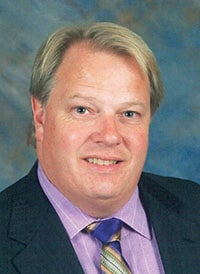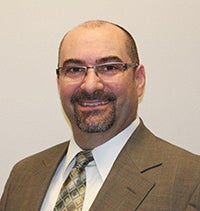Lack of rural workforce housing hurts entire state
Published 9:55 am Friday, February 20, 2015
Guest Column by Eric Fisher and Dan Dorman
Recognizing an opportunity to expand, agricultural equipment manufacturer AGCO conducted a study in 2010 to explore where that growth should occur. Ultimately, it decided to expand North American tractor production in the community where it had resided for the past decade: the small southwestern Minnesota town of Jackson. AGCO executives agreed the key reason to grow in Jackson was the incomparable work ethic, positive attitude and strong connection to agriculture found in the residents there.
AGCO has added 250 jobs in the last four years and, when commodity prices rebound, will continue to look for opportunities for additional growth. However, as it seeks to expand it is finding its ability to attract and retain workers — the company’s most essential asset — stymied by a severe shortage of middle-income, workforce housing.
Jackson and AGCO are not alone. Nearby Worthington and northern cities like Perham, Thief River Falls and Roseau have all felt the effects of the housing crunch. These communities are home to thriving businesses looking to provide good-paying jobs, yet they have difficulty filling open positions because there are too few places for their employees to live.
The success and growth of rural communities is directly tied to the businesses that reside in them. When businesses are unable to expand or hire workers because of the lack of workforce housing, the entire community feels the loss of missed opportunity. Time is well past due for something to be done about this growing problem.
One possible solution to the workforce housing issue has been proposed by the Greater Minnesota Partnership, an advocacy organization consisting of businesses, chambers of commerce, cities, colleges and universities and economic development groups in Greater Minnesota. The partnership recently initiated legislation that would encourage private investment to correct the market’s failure to attract investors and developers to Greater Minnesota.
The partnership’s proposal, which is modeled after similar programs in the neighboring states of Iowa and North Dakota, would provide tax credits and grants to those willing to invest in workforce housing in Greater Minnesota. The proposal is a market-based solution that would encourage development in communities that are growing rapidly and need workforce housing now.
The lack of workforce housing hurts not only individual cities and businesses, but the entire state of Minnesota. Companies can offer jobs, but it’s difficult to get good employees to stay when they are forced to endure long commutes or are unable to find acceptable housing for their families. As result, many businesses have chosen to expand in other states or consider moving their operations all together.
This causes the state to lose the vital tax base businesses provide, as well as residents who follow the path to better jobs out of state.
There are many businesses like AGCO that are heavily invested in the communities where they reside.
The people in Greater Minnesota are truly the best workers any company could hope for. Yet in order for AGCO and other Greater Minnesota businesses to grow, the communities need to grow, too.
Workforce housing is a vital part of that equation. If businesses, communities and lawmakers can work together to solve this problem, the economy of the entire state will benefit.
Eric Fisher is the director of operations for AGCO in Jackson. Dan Dorman is the executive director of the Greater Minnesota Partnership and a former state representative.



